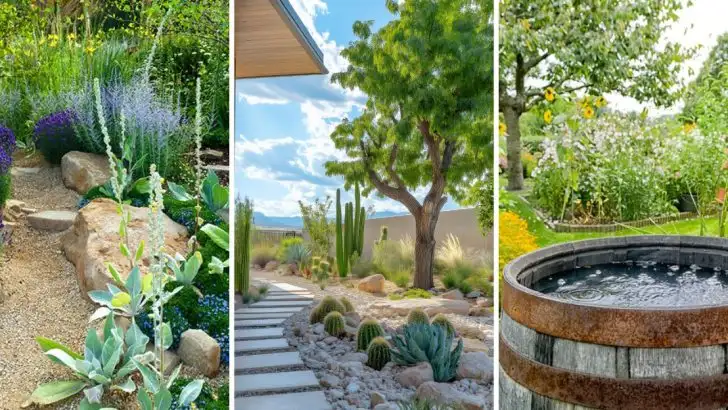Keeping your yard looking sharp shouldn’t drain your time or your wallet. Ask any professional landscaper, and they’ll tell you—smart planning up front can save you a fortune in maintenance costs later. It’s not about cutting corners; it’s about choosing the right materials, plants, and strategies that work with your space, not against it.
Most people think good landscaping means more upkeep, but pros know that the opposite is often true. Simple changes like picking hardy, low-maintenance plants or rethinking how you handle irrigation can cut hours off your weekend chores and shrink your monthly water bill. These behind-the-scenes tricks have been saving professionals time and money for years—now they’re yours to use.
Smart Plant Selection
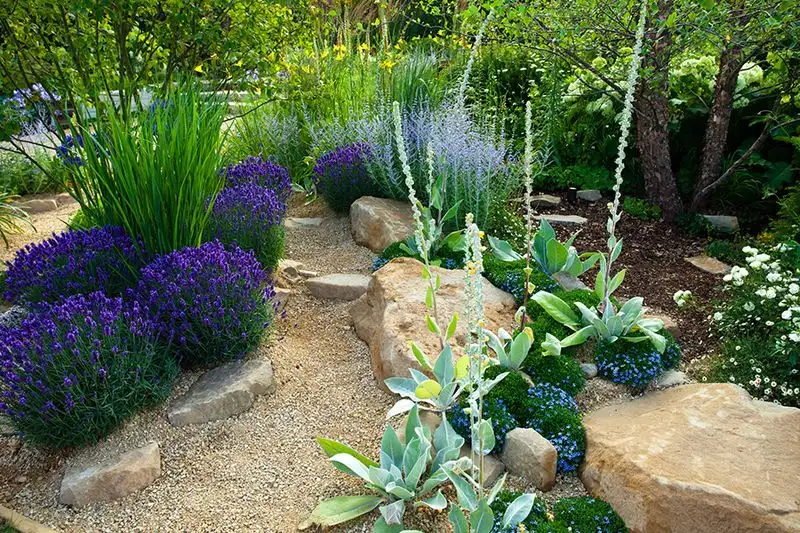
Choosing the right plants is pivotal. Opt for native or drought-resistant plants; they require less water and are more resilient. Lavender and succulents, for instance, thrive with minimal irrigation. Additionally, they adapt well to local climates, reducing the need for fertilizers and pesticides.
By selecting plants suited to your environment, you minimize maintenance efforts, saving both time and resources. Consider the perennial favorites that return year after year, cutting down on replanting costs.
A well-thought-out plant selection not only beautifies but also inherently conserves, making it a wise investment.
Efficient Irrigation Systems
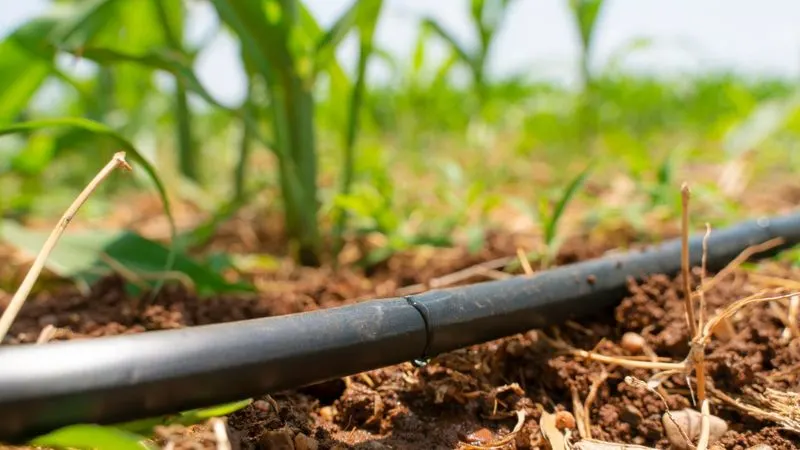
Water smart with efficient irrigation. Drip irrigation systems target roots directly, minimizing water wastage. Installing timers ensures watering occurs during cooler hours, reducing evaporation.
Efficient systems can cut water bills significantly, leveraging technology to maintain lush landscapes. With sensors and timers, plants receive the precise hydration needed. This conserves water while ensuring optimal growth.
Transitioning to such systems is an upfront investment, but the long-term savings on water bills and plant health make it worthwhile. It’s a key step in sustainable landscaping.
Mulching Magic
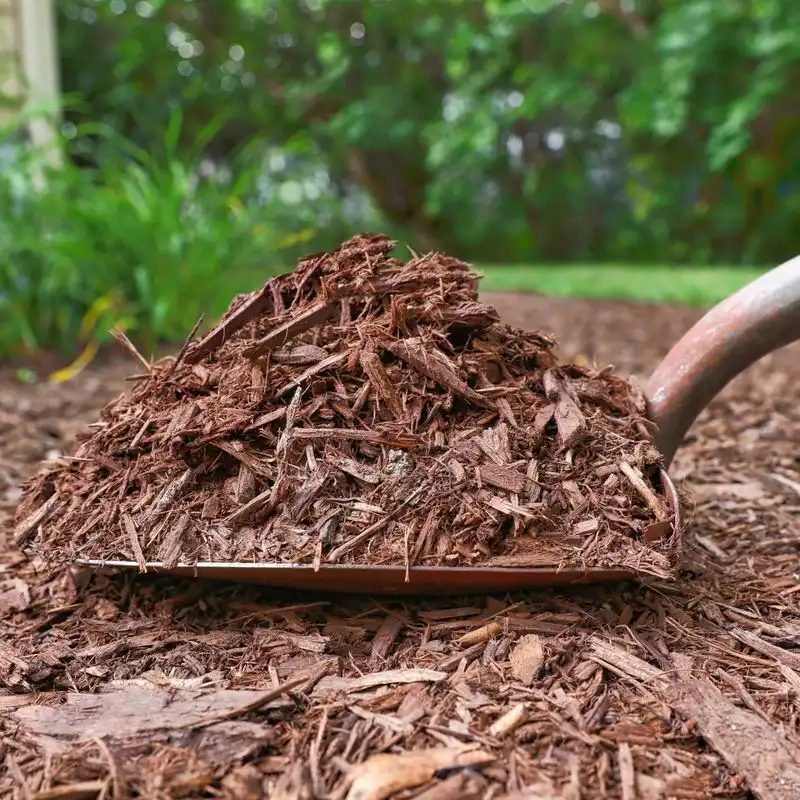
Mulch works wonders by retaining moisture, suppressing weeds, and adding nutrients to the soil. Organic mulch, such as wood chips or straw, decomposes slowly, enriching soil quality over time.
Applying a generous layer protects plant roots and reduces the frequency of watering. Moreover, mulch helps insulate roots during extreme temperatures, supporting plant health year-round.
Mulching is a simple yet impactful technique. Not only does it enhance soil health, but it also provides a neat appearance, making landscapes look tidy and well-kept.
Composting for Fertility
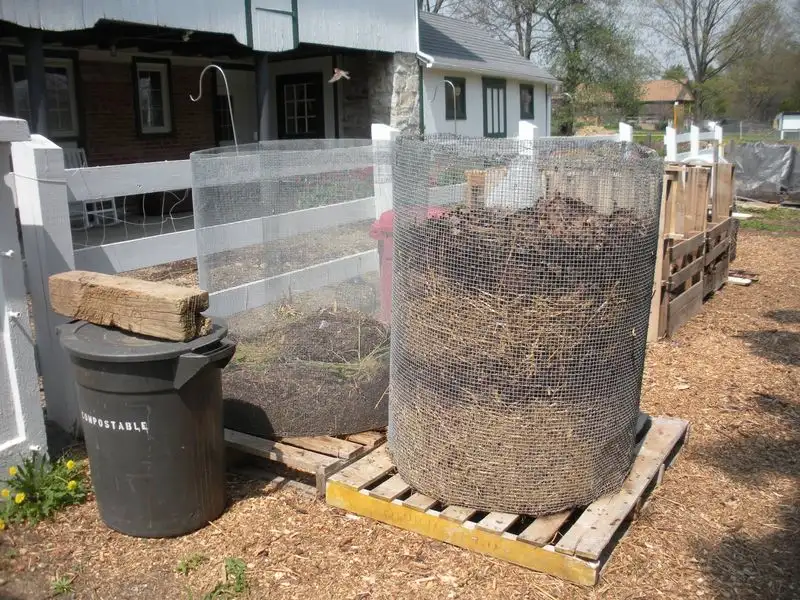
Turn waste into wealth by composting! Recycling kitchen scraps and yard waste into compost enhances soil fertility naturally. Composting reduces the need for chemical fertilizers, promoting a healthy ecosystem.
Create a compost pile in a corner of your yard, layering green and brown materials. Over time, these decompose into nutrient-rich soil amendments.
This practice not only enriches your garden but also reduces household waste, making it an eco-friendly landscaping solution. Embracing composting is a step toward sustainable gardening, saving money on soil enhancers.
Xeriscaping Techniques
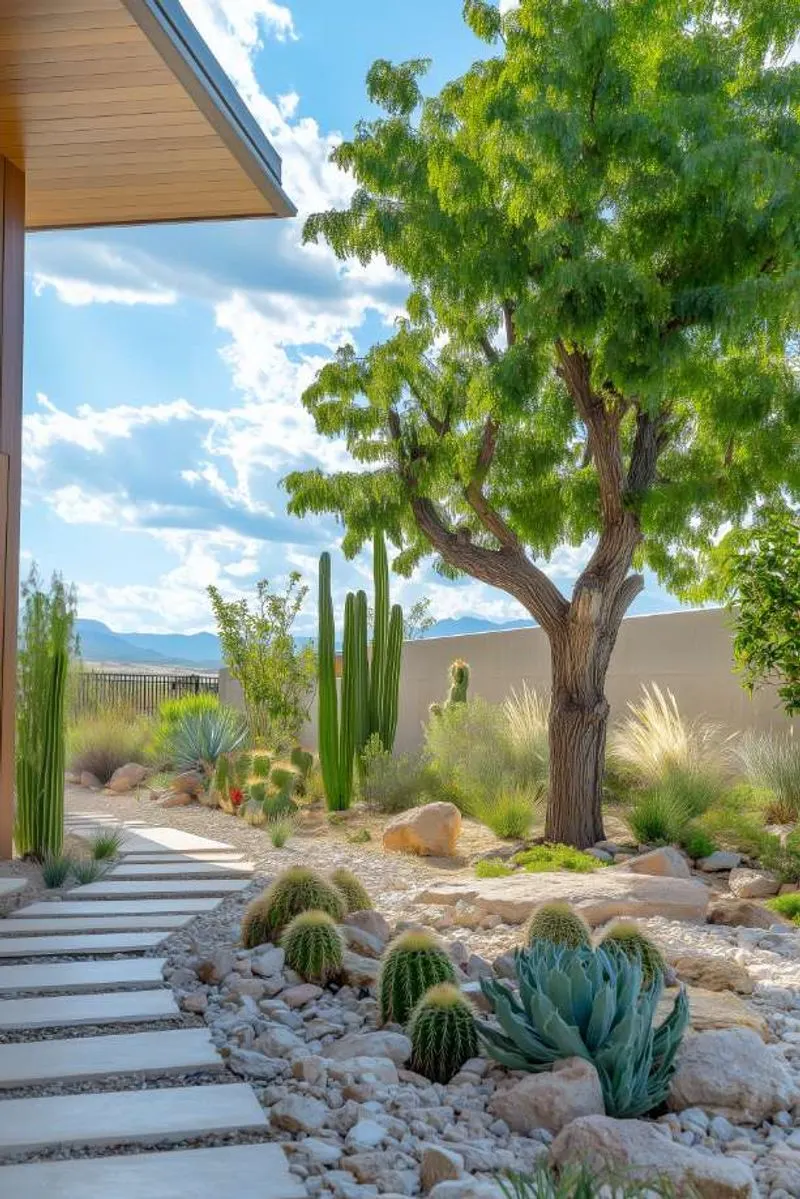
Xeriscaping focuses on conserving water through creative landscape design. By utilizing rocks, gravel, and drought-tolerant plants, you create a low-maintenance, eco-friendly garden.
This approach minimizes water use, as plants are chosen for their adaptability to arid environments. The aesthetic appeal of xeriscapes lies in their simplicity and sustainability.
Cost-effective and beautiful, xeriscaping reduces the need for extensive watering systems. It’s an intelligent way to design landscapes that thrive under minimal care, helping reduce both water usage and maintenance costs.
Rainwater Harvesting

Capture and reuse rainwater to cut down on utility bills. Installing rain barrels collects runoff from your roof, providing a free water source for gardens.
This practice not only conserves water but also reduces stormwater runoff, benefiting local waterways. A sustainable choice, rainwater harvesting supports self-sufficient gardens.
Over time, the savings on water bills accumulate, making it a fiscally smart option. Relying on natural rainfall aligns with environmentally conscious landscaping, offering both economic and ecological benefits.
Soil Testing and Amendments

Understanding your soil’s needs is crucial. Conduct soil tests to determine pH levels and nutrient content, then amend accordingly. This ensures that plants receive essential nutrients, enhancing growth and resilience.
Regular testing guides the effective use of fertilizers, preventing overuse and nutrient waste. Tailoring soil amendments to specific needs optimizes plant health and minimizes maintenance.
Investing in soil health pays off in the long run, fostering robust gardens with fewer inputs. This foundational practice supports sustainable and economical gardening.
Strategic Pruning Practices
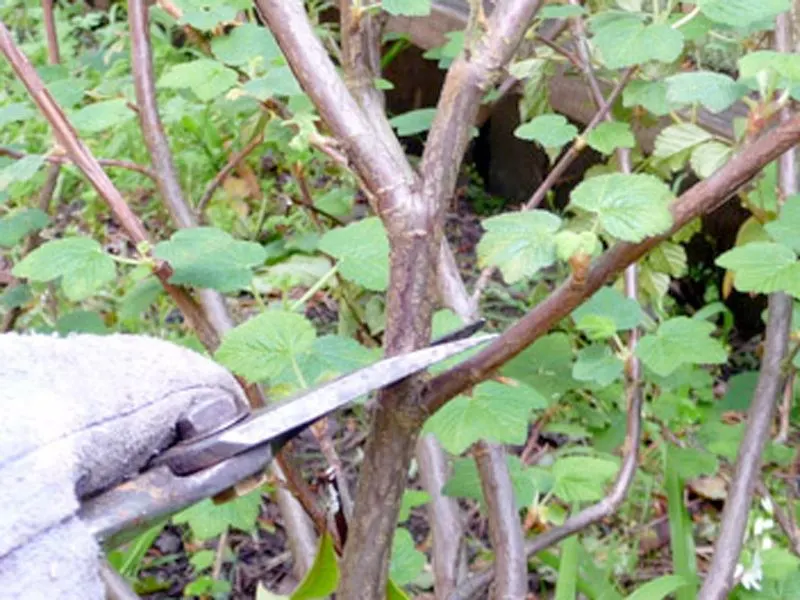
Pruning isn’t just aesthetic; it’s vital for plant health. Regular pruning removes dead or diseased branches, encouraging healthy growth and reducing disease spread.
Strategic pruning shapes plants, controls size, and enhances flowering. By understanding each plant’s unique needs, you foster a thriving landscape.
Effective pruning reduces the need for chemical interventions and supports overall garden vitality. It’s an artful practice that combines care with knowledge, ensuring gardens remain healthy and visually appealing.
Lawn Alternatives
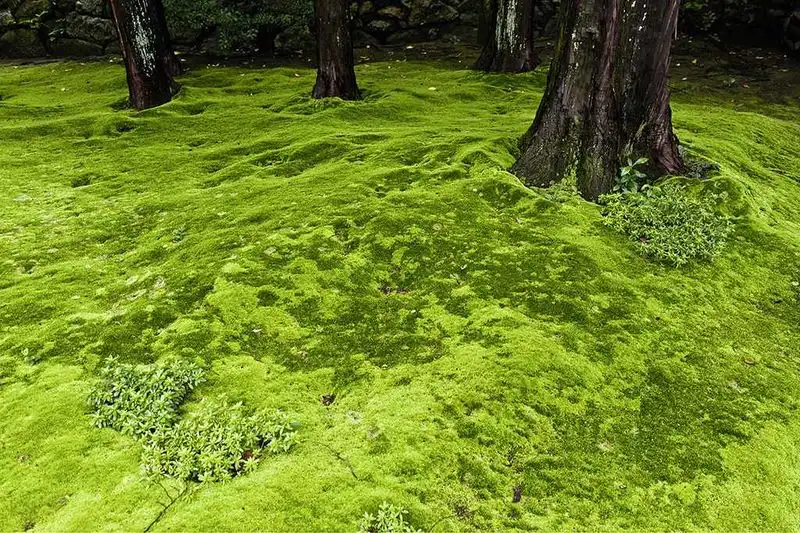
Traditional lawns can be high maintenance; alternatives like clover or moss offer a lush, eco-friendly look with less upkeep. These plants require less water, fertilization, and mowing.
Clover, for instance, enriches soil by fixing nitrogen, reducing fertilizer needs. Moss thrives in shady areas, offering a carpet-like appeal without regular mowing.
Exploring these alternatives can substantially reduce lawn care costs and efforts. By diversifying your ground cover, you create a sustainable and beautiful yard with minimal intervention.
Integrated Pest Management
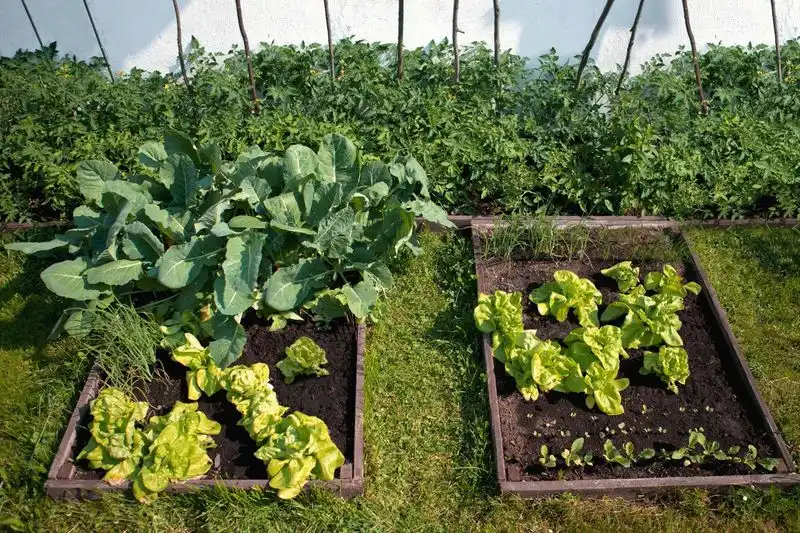
Protect plants naturally with Integrated Pest Management (IPM). This approach combines biological, cultural, and mechanical practices to control pests with minimal chemical use.
Companion planting, for example, uses beneficial plants like marigolds to repel harmful insects. Monitoring and manual removal also play a role in maintaining plant health naturally.
IPM reduces reliance on pesticides, promoting a balanced ecosystem. Utilizing nature’s own defenses saves money and supports healthy, vibrant gardens.
Edible Landscaping
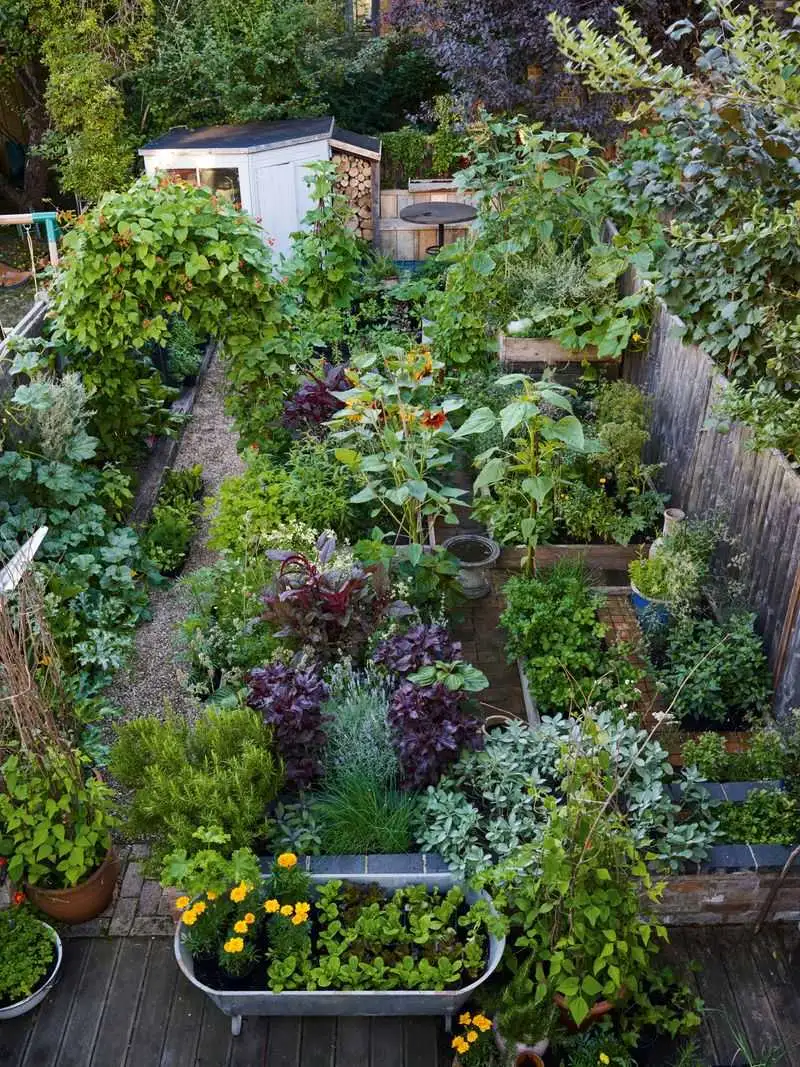
Combine beauty and function with edible landscaping. Integrating vegetables, fruits, and herbs enhances garden aesthetics while providing fresh produce.
Choose plants like kale or strawberries that offer visual appeal and culinary benefits. This dual-purpose approach maximizes garden utility and reduces grocery costs.
Edible landscapes diversify plantings, creating a dynamic and productive space. It’s an innovative way to maintain beauty while enjoying fresh, homegrown ingredients.
Seasonal Plant Rotation
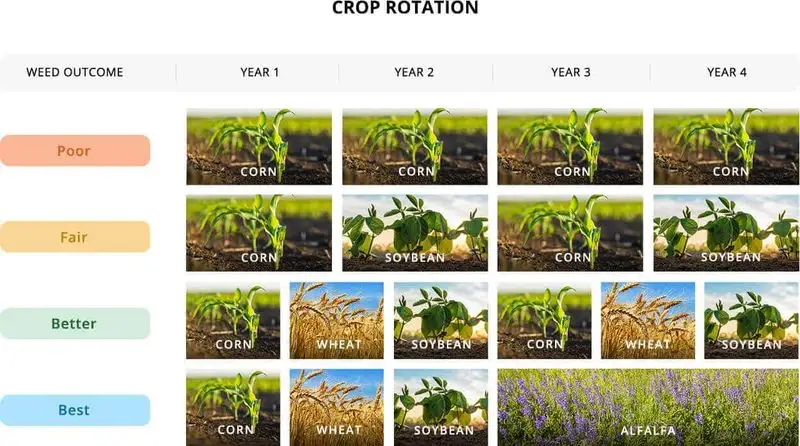
Rotate plants seasonally to maintain soil health and optimize growth. By changing plant locations, you prevent nutrient depletion and reduce pest buildup.
This method requires planning but offers considerable benefits. Seasonal rotation keeps gardens productive year-round, maximizing space and resources.
The practice contributes to sustainable landscaping by maintaining soil vitality and reducing reliance on fertilizers. It’s a strategic way to boost garden productivity naturally.
Proper Tool Maintenance

Keeping tools in top condition extends their lifespan and ensures efficient work. Regular cleaning and sharpening enhance performance, making gardening tasks smoother.
Investing time in maintenance prevents rust and wear, reducing the need for replacements. Oiled and sharpened tools minimize effort, improving precision in tasks like pruning or planting.
Well-kept tools are a gardener’s best ally, saving money and time in the long run. A little care goes a long way in maintaining an effective gardening toolkit.
Hardscaping for Practicality

Hardscaping adds structure and functionality to landscapes. Elements like patios, paths, and walls require little maintenance compared to plants.
Incorporating hardscapes reduces lawn area, cutting down on mowing and watering needs. These features create inviting outdoor spaces, enhancing property value and usability.
Opting for durable materials ensures longevity, making hardscaping a wise investment. It’s about blending beauty and practicality, creating a balanced landscape.
Perennial Planting

Perennials return year after year, offering blooms without the need for replanting. This reduces maintenance and long-term plant costs.
Choose plants like daylilies or hostas for various conditions. Their recurring nature means less effort in planting and more time enjoying.
Perennial gardens evolve beautifully with time, providing consistent color and texture. They’re a staple for low-maintenance, cost-effective landscaping.
Smart Lighting Solutions
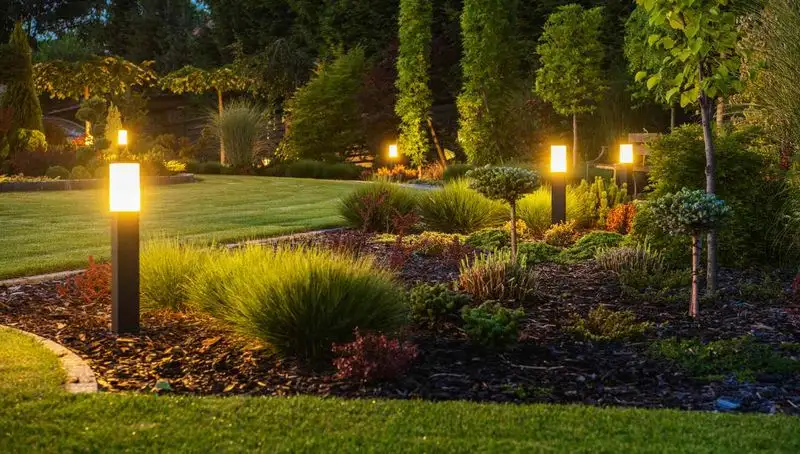
Enhance landscapes with smart lighting. LED lights use less energy, reducing electricity bills while highlighting garden features.
Sensors and timers automate lighting, saving energy by operating only when needed. Well-placed lights add safety and ambiance with minimal effort.
Investing in energy-efficient lighting is both eco-friendly and budget-conscious, creating inviting outdoor spaces after dark.
Wildlife-Friendly Practices

Create a sanctuary for local wildlife by incorporating native plants and water features. Bird feeders and butterfly gardens invite beneficial fauna.
These practices support biodiversity, contributing to ecological balance. Wildlife-friendly gardens require less chemical intervention, promoting natural pest control.
By fostering a habitat, you enrich both the garden and the local ecosystem, ensuring a thriving, balanced environment.
Efficient Drip Irrigation
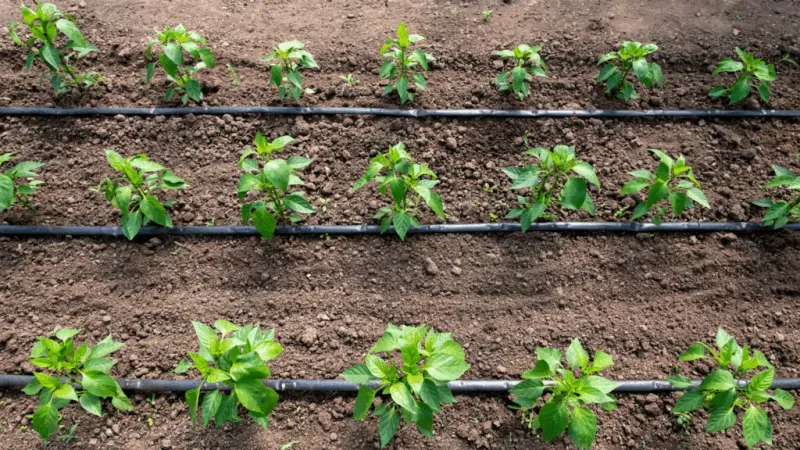
With the precision of a master artist, drip irrigation systems deliver water directly to the roots, minimizing evaporation and waste. Unlike traditional sprinklers that spray indiscriminately, drip systems target each plant’s needs. This tailored approach not only conserves water but also reduces costs, leading to a lush garden with minimal effort.
Imagine walking through your garden, hearing only the gentle trickle of water nurturing your plants. Drip systems promise a harmonious balance between nature and technology. Perfect for those looking to maintain an eco-friendly garden, this method ensures every drop counts.
Did you know? Drip irrigation originated in ancient China, proving its timeless effectiveness.

